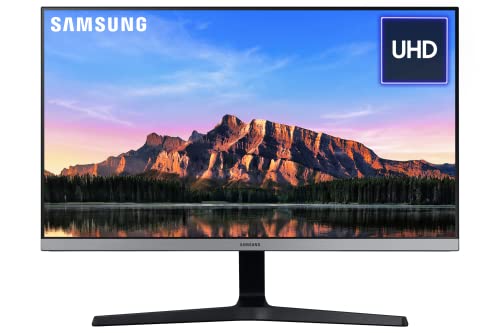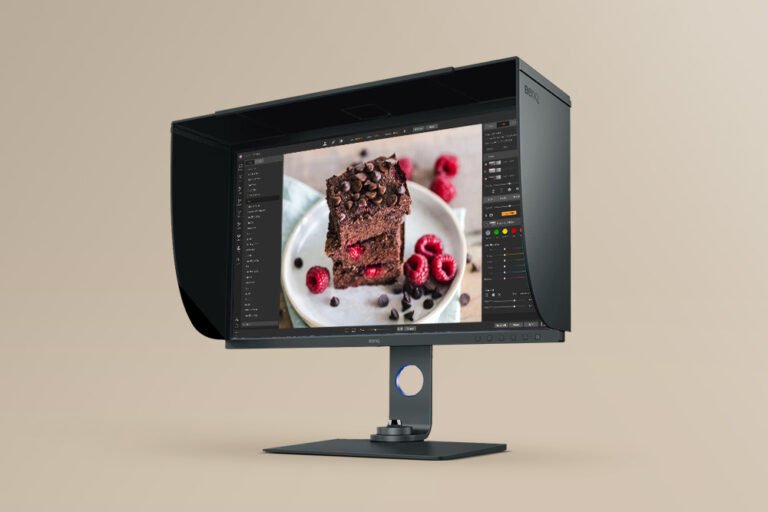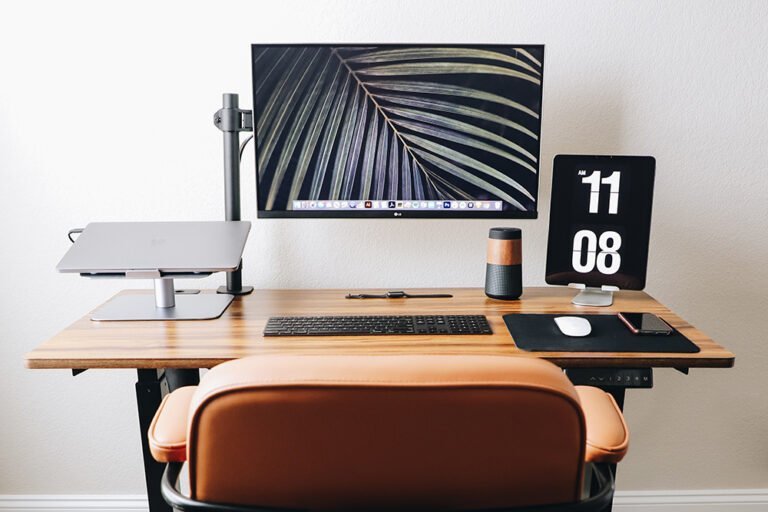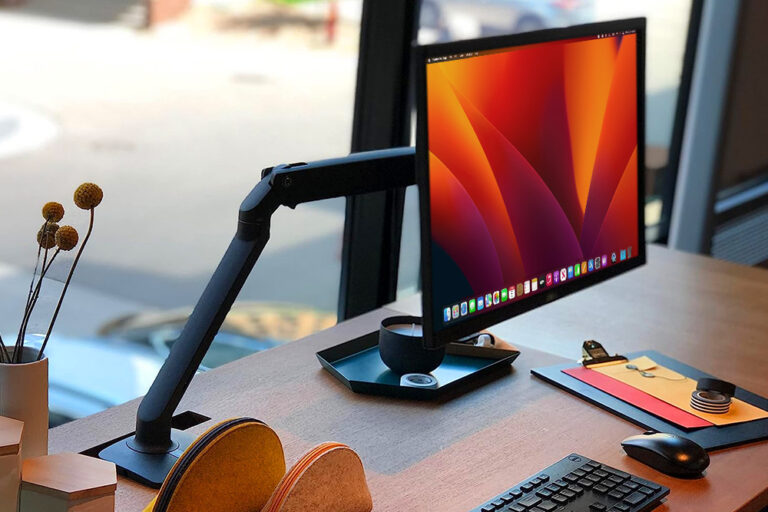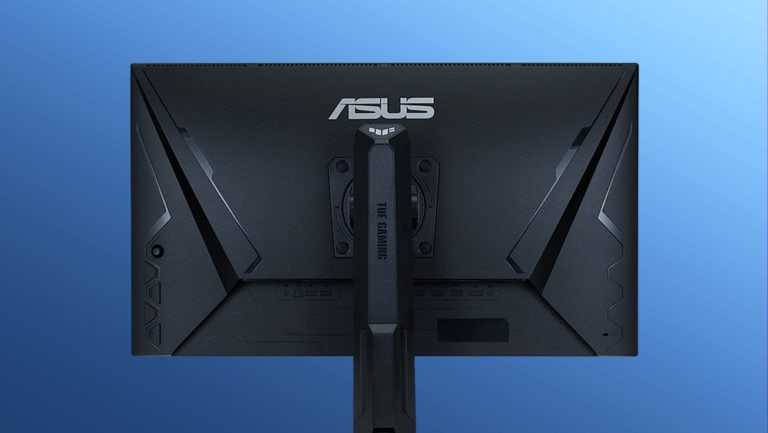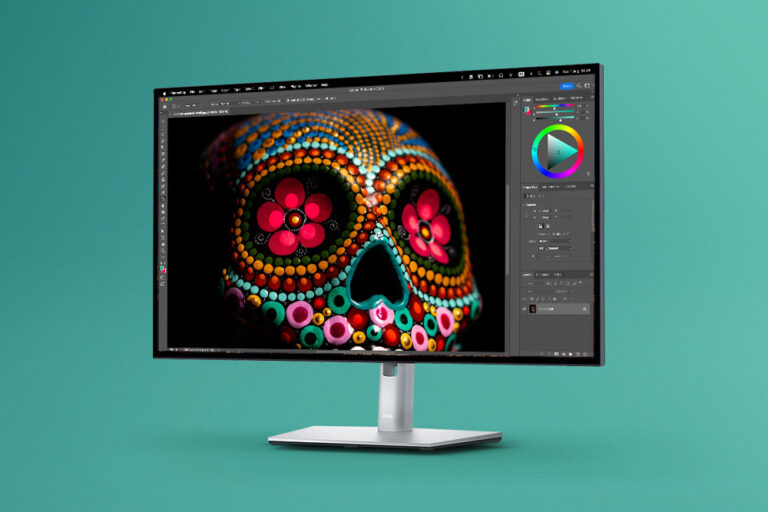The best monitors for Graphic Design
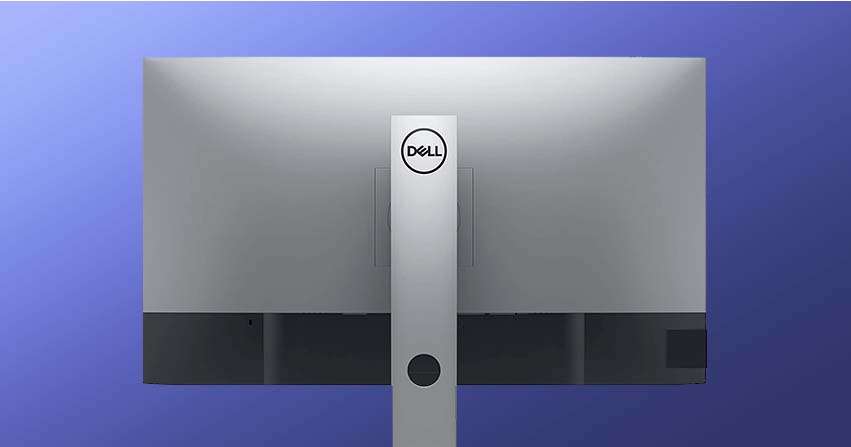
Finding the best monitor for Graphic Design is not easy due to the large number of models and the difficulty to know many of their technical specifications. Fortunately, in this guide you will find the best monitor for every need you may have as a designer, and everything you need about it.
The best monitors for graphic design are characterized by offering a very high image resolution, faithful colors to the final result (printed or digital), ability to display a high dynamic range, good connectivity and proper ergonomics.
All the monitors you will find in this selection are from top quality brands, with specific features for Graphic Design professionals, and reasonably priced.
The 5 best monitors for Graphic Design of 2024
1. DELL UltraSharp U2723QE
- Size: 27″
- Resolution: 3840 x 2160
- Colour gamut: 98% DCI-P3
- Panel type: IPS
Last price update on 2023-08-15. We earn a commission if you make a purchase, at no additional cost to you.
The best 4K monitor for Graphic Design
The 27-inch DELL UltraSharp U2723QE is the best 4K monitor for Graphic Design because it brings together many features of high-end professional monitors without reaching their prices, making it ideal for all types of graphic designers, illustrators, photographers, and multimedia professionals.
Its colour reproduction is faithful and accurate (Delta-E <2), thanks to having an IPS Black panel that allows it to achieve a brightness of 400 nits and a 2000:1 contrast ratio, resulting in purer blacks and whites. In addition, this monitor covers 98% of the DCI-P3 colour space, ideal for working with both images and videos. In short, if we balance its performance and price, this is the best 27″ monitor for Graphic Design.
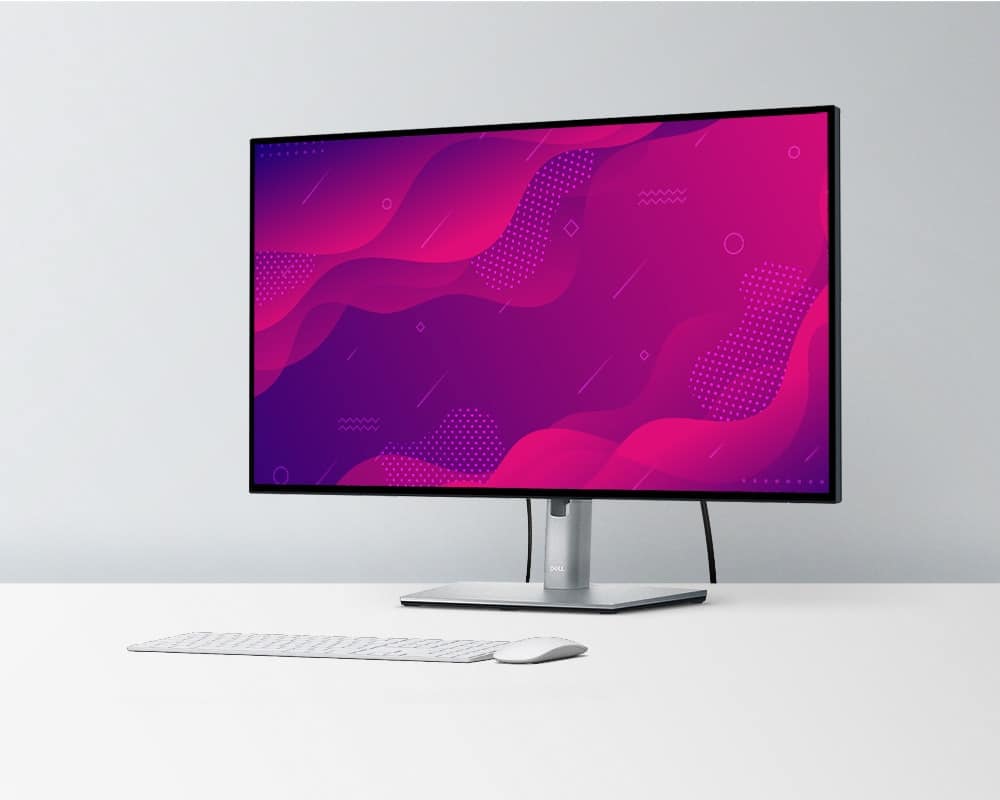
If you want a larger monitor, consider its 32″ counterpart, the Dell U3223QE (see on Amazon), has the same features as this one. However, by having the same resolution on a larger screen, you lose pixel density per inch compared to the 27″ (from 163 PPI to 138 PPI). Also, its price is much higher, so the 27″ still seems like a better option to me.
The best Dell monitors, and Dell UltraSharp monitors in particular, usually stand out for their excellent ergonomics, and this Dell U2723QE does not disappoint. You can easily adjust it in height and rotate, swivel or tilt the screen according to your needs.
On the back, you will find a multitude of professional ports and connection slots that will allow you to faithfully reproduce images from your PC or Mac. In addition, you can link this monitor with another Dell 4K monitor with Display Stream Compression (DSC) technology.
Is the Dell UltraSharp U2732QE monitor worth it?
The best reason to get a Dell UltraSharp U2723QE is that it offers professional features in a 27″ 4K monitor with superb picture quality and a very reasonable price.
2. LG 27UP600-W
Last price update on 2023-05-11. We earn a commission if you make a purchase, at no additional cost to you.
The graphic design monitor with the best price-quality ratio
This LG 27UP600-W is one of the best monitors you can find under $500 with ISP panel, a colour gamut covering 95% of the DCI-P3 colour gamut and 4K resolution at 60 Hz. In fact, it’s on my list of the best LG monitors.
It’s a monitor that is also capable of reaching 400 nits of brightness and is compatible with HDR 10, so it offers a very good contrast. In addition, on the back it has HDMI 2.0 and DisplayPort 1.4 ports, so you don’t lose an ounce of quality when transmitting a 4K signal at 60 Hz.
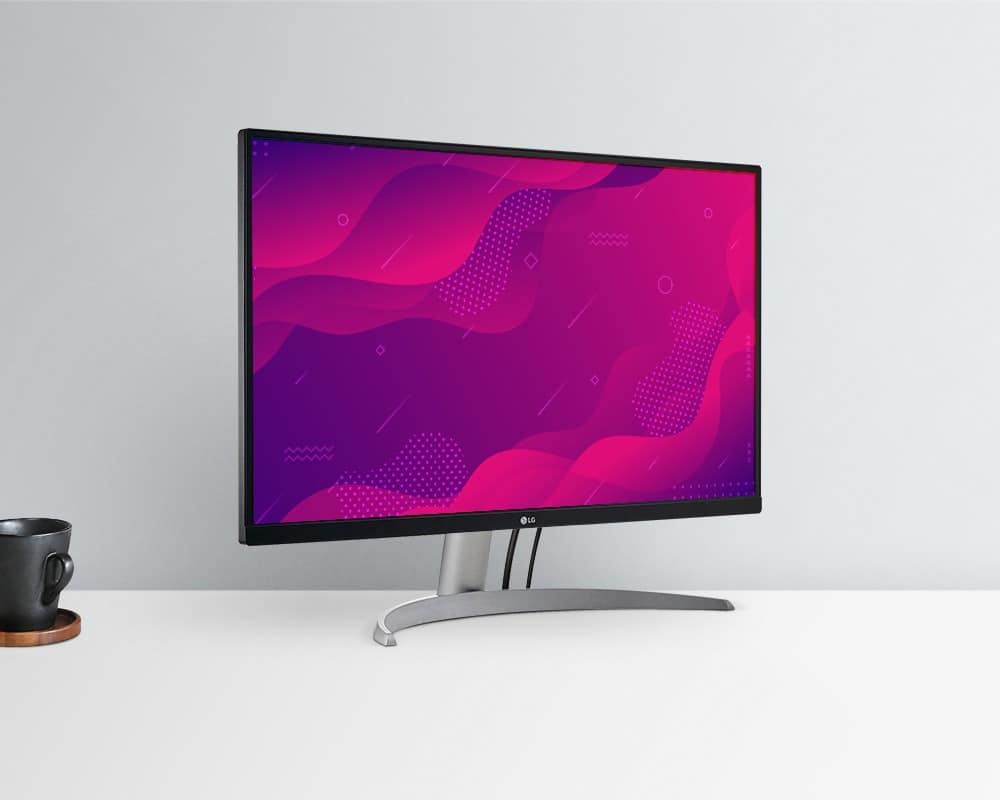
The fact that it has such a tight price despite its performance is due to the fact that LG has chosen to put a very basic plastic stand, like the LG 27UL500-W monitor (in this same guide), which has no ergonomic adjustments. However, you can simply attach an adjustable an adjustable monitor arm or monitor stand riser to adjust the position of the monitor to your needs.
If you notice, in terms of panel and colour reproduction, it is very similar to the Dell UltraSharp U2723QE (reviewed above), and it costs about half as much, which makes it very attractive. However, keep in mind that the Dell is a newer technology model, has ergonomic settings and an IPS Black panel, which achieves purer blacks.
Is the LG 27UP600-W monitor worth it?
If you want a monitor with a screen that offers professional performance for graphic design, regardless of the other features and ergonomic settings, this LG 27UP600-W is the best value for money.
View on Amazon3. LG 27UL500-W
- Size: 27″
- Resolution: 3840×2160
- Colour gamut: 99% sRGB
- Stand: Not adjustable
Last price update on 2023-05-11. We earn a commission if you make a purchase, at no additional cost to you.
The best budget monitor for graphic design
Among best budget monitors for graphic design, this LG 27UL500-W offers incredible value for money without sacrificing too many professional features.
Especially recommended for digital graphic designers, web designers or professionals who do not work or rely excessively on DCI-P3 or Adobe RGB colour spaces, as it only covers 72% and 75% of these.
Otherwise, in this LG 27UL500-W you will find a good quality monitor, with excellent sharpness and sRGB colour accuracy, thanks to its 4K resolution (3840×2160) and its LED-backlit IPS panel, which covers more than 99% of the sRGB space.
In addition, despite its low price, it supports HDR (High Dynamic Range), with VESA DisplayHDR 400 certification. If you play video games from time to time, this is not a gaming monitor, but it also has AMD FreeSync™ technology, so it reduces the possibility of flickering and image tearing.
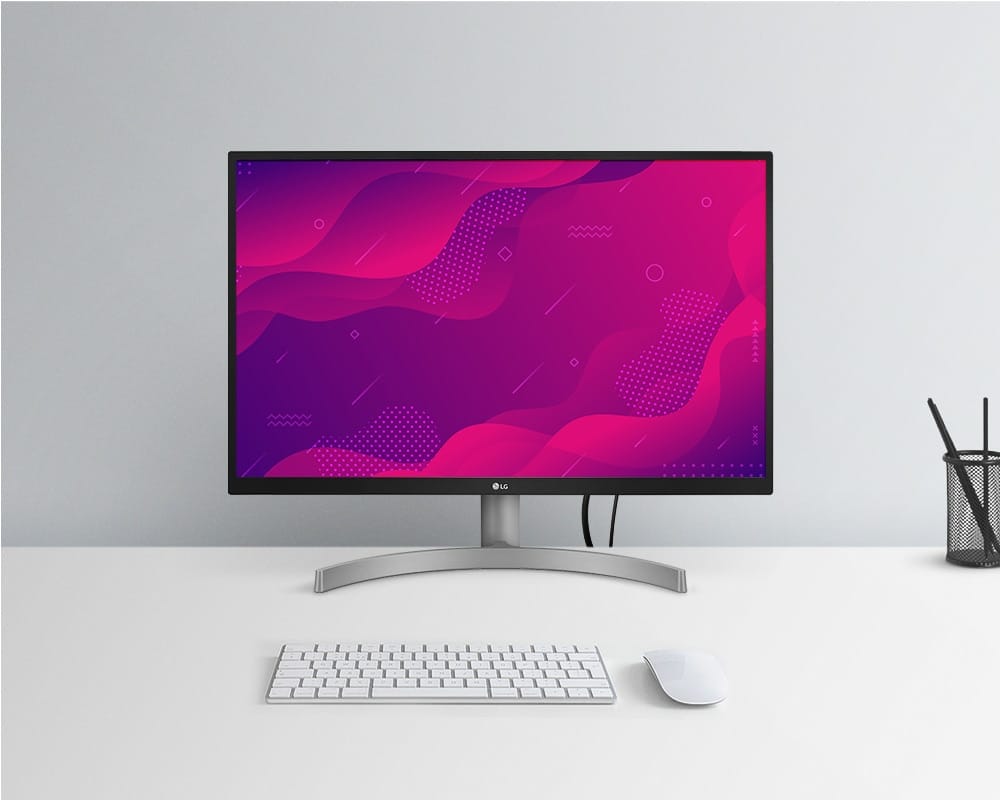
On its back you’ll find all the essential connections you need (2x HDMI 2.0, 1x DisplayPort 1.4 and 1x headphone jack).
In terms of ergonomics, unlike its big brother, the LG 27UL850-W, this LG 27UL500-W cannot be raised, tilted or rotated, but it is VESA compatible, so you can mount it on a fixed or articulating monitor stand to get these ergonomic advantages for a much lower price than the other model mentioned.
Although there are models with very similar features and prices to the LG 27UL500-W, such as the BenQ EL2870U, most are focused on gaming and mount VA panels instead of IPS, which may slightly reduce the range of colours displayed and their accuracy, as well as viewing angles.
Is the LG 27UL500-W monitor worth it?
The LG 27UL500-W is an economical monitor with very reliable performance and quality, ideal for all types of graphic design projects for digital media.
View on Amazon4. LG UltraWide Curved 34″
- Size: 34″
- Resolution: 3440×1440
- Colour gamut: 95% DCI-P3
- Stand: Adjustable
Last price update on 2023-05-11. We earn a commission if you make a purchase, at no additional cost to you.
Best UltraWide Monitor for Graphic Design
With few exceptions, UltraWide monitors are not usually focused on graphic design and, as a result, tend to have limited colour gamuts and poor colour accuracy. However, the LG UltraWide 34WP85C is one of those exceptions.
The monitor stands out for having an IPS panel that allows it to offer a wide colour gamut (95% DCI-P3) for design, as well as having good contrast and brightness. Its 21:9 aspect ratio is ideal for working with graphic design programs in parallel windows without making the workspace too small.
Its resolution, while falling under the “4K” rating, is slightly lower than other 16:9 aspect ratio 4K monitors (3440×1440 vs. 3840×2160), but it still maintains a fairly good pixel density of 121 PPI.
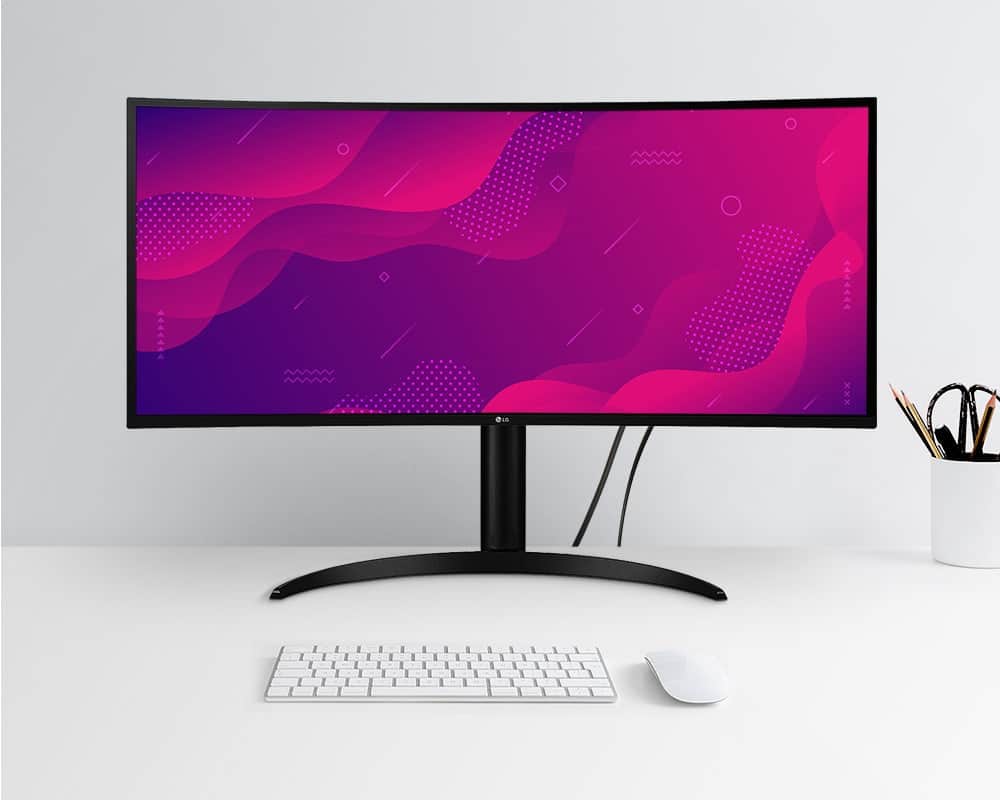
Dell has a couple of curved monitors that could be an alternative to this one. One is the 34-inch Dell UltraSharp Curved, a curved monitor with very similar characteristics to this one, but with a much higher price. The other is the Dell UltraSharp 40″ Curved WUHD, which has 5K resolution at 60 Hz, covers 98% of the DCI-P3 colour space and includes more features. It is a better monitor, but it costs 3 times more than this LG, so I would only recommend it to anyone who really feels the need to use a monitor with 5K resolution.
Best curved monitor for graphic design
Within the curved monitor market, the LG UltraWide 34WP85C is the curved monitor with 4K resolution that offers the best price-performance ratio. As I mentioned above, only if you consider buying a 5K monitor I would recommend the Dell UltraSharp 40″ Curved WUHD, which is simply spectacular.
Is the LG UltraWide 34WP85C monitor worth it?
This monitor is for those looking for a curved monitor with professional features for graphic design, video and photo editing for digital media.
View on Amazon5. BenQ PhotoVue SW271C
The best monitor for Graphic Design and Photography
- Size: 27″
- Resolution: 3840 x 2160
- Colour gamut: 99% Adobe RGB, 90% DCI-P3
- Panel type: IPS
Last price update on 2023-05-11. We earn a commission if you make a purchase, at no additional cost to you.
This BenQ PhotoVue SW271C is a monitor specially designed for photographers working on print or digital projects, as well as professional videographers. This also makes it an excellent monitor highly recommended for graphic designers who need a professional monitor to work on projects to be printed.
Its 4K resolution, with a pixel density of 163 pixels per inch, guarantee to be able to work down to the smallest detail without losing sharpness, as you maintain a density. In this aspect, for me, it is a better option than its 32″ version, the BenQ PhotoVue SW321C, which has very similar characteristics, but due to its larger size, it is more expensive and loses pixel density (138 vs. 163 PPI).
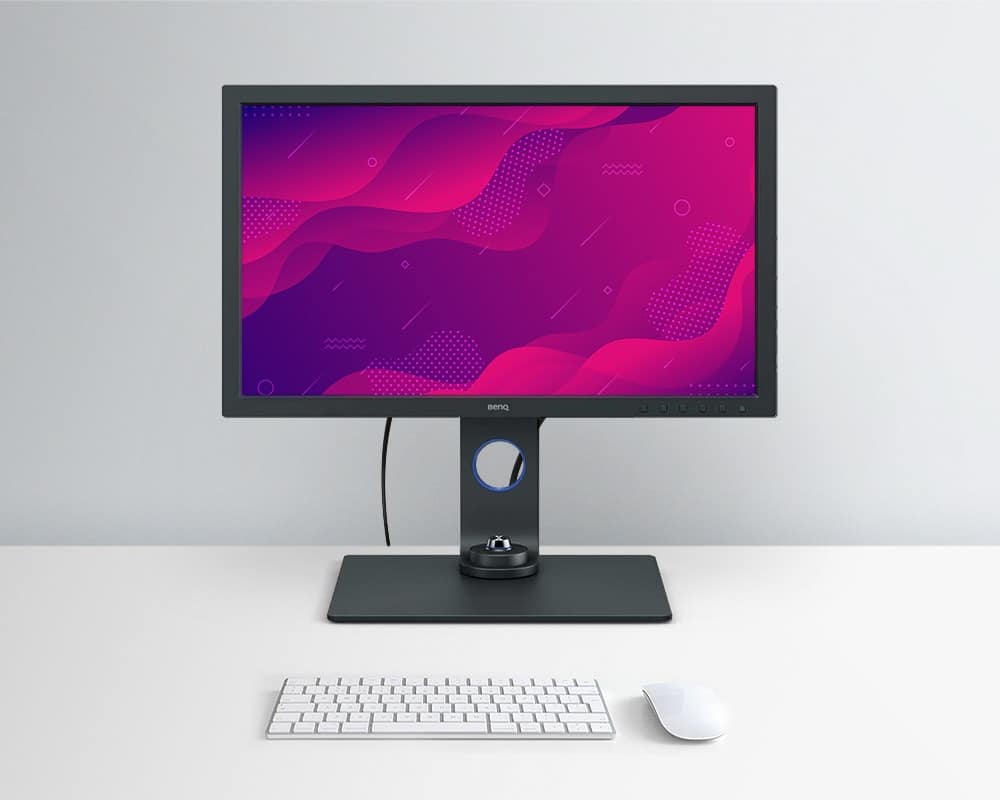
One of the best things about this monitor is its colour accuracy. Its IPS panel covers 99% of the Adobe RGB colour space, 100% of sRGB and 95% of DCI-P3, so you can be sure that what you see on your screen is true to what will be the final result. Even CalMAN and Pantone have certified the colour fidelity.
On top of that, with GamutDuo mode, you can compare how the same image looks in two different colour spaces and compare, for example, AdobeRGB vs. sRGB. If you also work with video, you should know that it supports HDR10 and HLG formats, so you can appreciate lights and colours in their full dynamic range.
In addition, BenQ includes its exclusive Paper Color Sync software, which accurately simulates the final print colours of photographs. By selecting the colour gamut, paper type and printer model to be used, Paper Color Sync simulates a very accurate preview of the final result, saving you time and money on test prints.
In terms of connections, it has everything a professional could need: two HDMI ports, two USB 3.1 ports, a USB-C port so you can connect the display to any device, a headphone jack and even an SD/SDHC/SDXC/MMC card reader.
The monitor can rotate 90 degrees, so you can work with large-format vertical photos in comfort, and it also comes with the screen cover, which can be attached and removed.
An alternative to this monitor is the EIZO ColorEdge CS2740, which is usually priced slightly cheaper. This is a monitor with very similar features and accuracy to the BenQ PhotoVue SW271C. However, BenQ’s monitor covers several colour gamuts, while EIZO’s focuses only on the Adobe RGB gamut. This makes BenQ’s more versatile and in my opinion, a better choice.
Is the BenQ PhotoVue SW271C monitor worth it?
The perfect monitor for designers who are also photographers and videographers. With the BenQ PhotoVue SW271C you will be getting a professional monitor of a much higher level than most monitors on the market, hence the equally high price.
View on AmazonThe 5 best-selling monitors of 2024 that are great for graphic designers
Last price update on 2023-05-11. We earn a commission if you make a purchase, at no additional cost to you.
How to choose the best monitor for Graphic Design
Knowing how to choose a monitor for Graphic Design is not easy, due to the amount of technical specifications to take into account. It is not enough to go to the store and ask for the first monitor that looks good and has a high resolution.
Below I will show you what are the specific characteristics of a Graphic Design monitor you should look for and why, with examples and graphics, so that by the end of this reading you will know how to identify your ideal monitor for design.
These are the main features that any graphic designer should look for in a monitor. Although there are more aspects in the technical data sheets of the monitors, making sure you have these, you will be sure to be buying a good monitor for Graphic Design.
1. QHD 4K resolution or higher
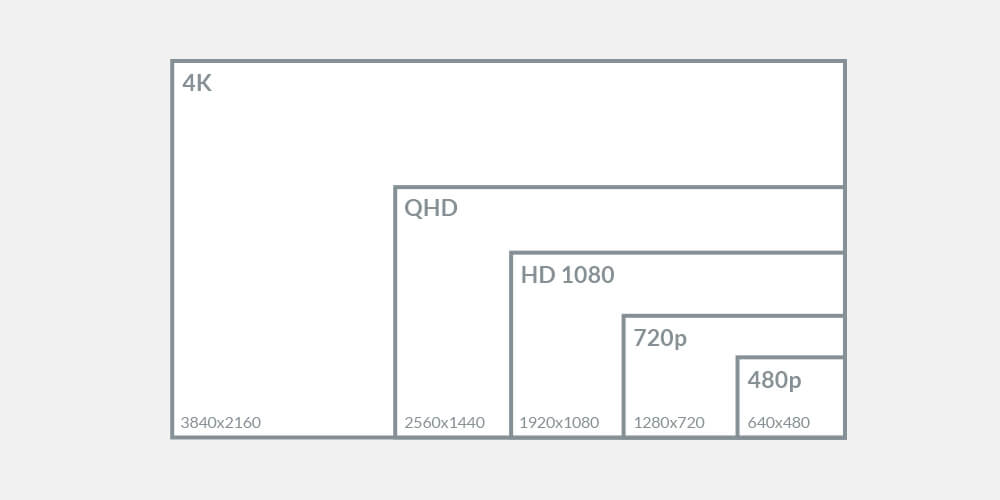
A high screen resolution is indispensable to see our design projects clearly, and this is related to the number and density of pixels. The higher the number and density of pixels, the sharper the image.
Without a doubt, a 4K monitor is worthwhile for Graphic Design, as the UHD versions achieve a resolution of 3,840 by 2,160 pixels, which is almost 4 times more pixels than an HD monitor (1920 x 1080 px) and approximately 50% more than a QHD monitor (2560 x 1440 px).
This means that, at the same screen size, with a 4K UHD resolution we will have 4 times more pixel density than with an HD resolution, which translates into a greater sharpness in images and texts.
Another advantage of 4K UHD monitors is that they allow you to work almost at 1:1 scale in the design of magazines, posters, websites, etc., saving time in zooms and scrolling through the workspace.
2. 24″ Screen size or more
You should find a balance between screen size and resolution that gives you a large working area and a sharp image. Also consider the distance from the monitor you will be standing and the space you have on your desk before choosing your monitor.
Personally I have worked with monitors of all sizes and resolutions and I think the minimum to work comfortably is a 24″ screen with 4K resolution, although I recommend a 27-inch monitor for Graphic Design (with UHD 4K resolution, no doubt).
3. LED panel
LED panels are brighter and consume less power than LCD (Liquid Crystal Display) panels or standard liquid crystal displays, so opting for an LED display for Graphic Design is an easy decision.
Some people are confused when they try to choose between an LCD or LED monitor for Graphic Design and find that the monitor they like is LCD and LED.
To be clear, all LED monitors are LCDs, but not all LCD monitors are LEDs. We only call “LED monitors” those LCD monitors that have a backlight with LED-type electrodes.
4. IPS technology
IPS (in-plane switching) panels are best suited for Design and other tasks that require accurate and uniform colour reproduction. If you want to combine quality with energy efficiency, choose an LCD monitor with an IPS panel and LED backlight.
Unlike monitors with VA or TN technology, choosing an IPS monitor for Graphic Design has several advantages:
- Increased colour accuracy
- Increased colour consistency
- Wide viewing angles up to 178º.
High colour accuracy
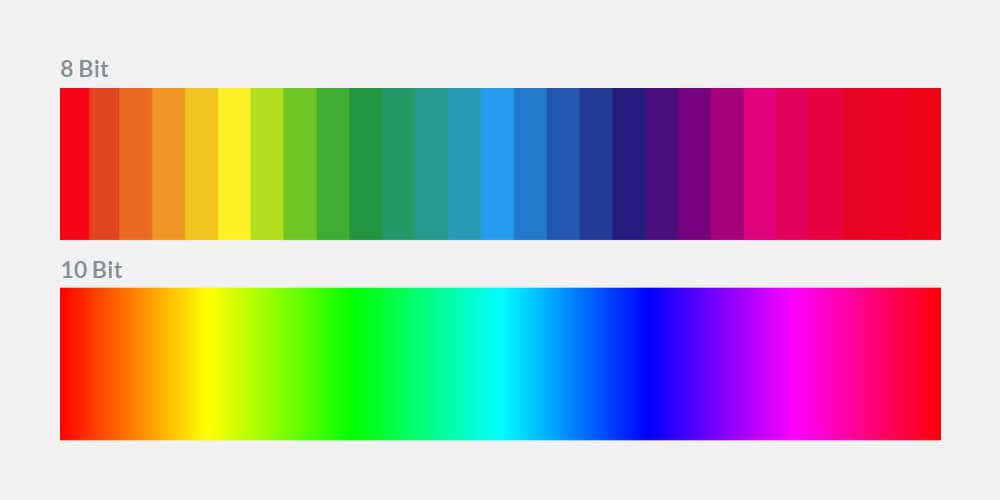
A basic IPS monitor has, at a minimum, an RGB colour depth of 8 bits. This means that it is capable of producing 16.7 million colours, well above the 262,144 colours that an average TN panel, which has only 6 bits, is capable of reproducing.
VA (vertical alignment) technology has a depth of 8 bits, higher than TN panels, but lower than the latest IPS monitors that reach depths of 10, 16 and even 24 bits. These monitors count the number of colours in billions.
For this reason IPS monitors are more capable of covering professional colour spaces such as sRGB. Adobe RGB, DCI-P3 and Rec. 709, which is essential when choosing a monitor for Graphic Design, as we will see in the colour coverage section.
AMOLED displays are very similar to IPS displays in terms of quality, but have excess in reproducing colour saturation, so IPS panels are more recommended, at least for Graphic Design tasks.
Professional monitors usually include calibration tools so that you can maintain colour consistency over time. In case your monitor does not include a calibration system, it is advisable to purchase a screen calibrator. Check out the best monitor calibrators on the market.
Increased colour consistency
IPS monitors are ideal for designers who have to work in places where outdoor light falls directly on them or where there may be large variations in light during the day, as is the case in many design studios or agencies.
Thanks to its backlighting system, colours in IPS monitors suffer less variation under extreme lighting conditions, such as direct sunlight, compared to other types of technologies such as VA, TN or AMOLED.
Wide viewing angles
Having a wide viewing angle on your monitor is essential for the image to be perceived correctly from various positions. This is especially useful for designers who may at some point need to show their screen to other colleagues or clients.
On IPS panels, the image remains consistent up to 178 degrees. On the other hand, on TN and VA monitors, the image varies significantly when one moves away from the frontal plane, which can lead to errors and misunderstandings.
5. Refresh rate of 60 Hz or higher
The refresh rate or refresh rate is the rate at which a monitor updates the information sent to it by the GPU to be displayed on the screen.
For Graphic Design it is advisable to choose a monitor with a fast refresh rate (60 Hz or higher) to avoid flickering and tearing of the image when, for example, scrolling through the workspace of an application, while working with complex images.
Only if you work in 3D design, video editing or plan to use your computer to play games as well as design, will you notice the benefits of using displays with frequencies above 60 Hz.
Variable refresh rate (VPR)
With variable refresh rate (VPR) systems, the refresh rate of the display is synchronized with the output capability of your graphics card, for better performance and image quality.
More and more manufacturers are introducing variable refresh rate (VPR) in their monitors through AMD Radeon FreeSync or NVIDIA G-Sync systems.
There are also monitors that do not directly use AMD or NVIDIA systems, but there are compatible systems that also synchronize with these graphics cards.
Advantages of a high refresh rate
- Avoid delays and flickering in the picture
- Prevents tearing and image fragmentation
- Smoother use in 3D design and video editing
- Better gaming experience
6. With HDR, the better
HDR stands for High Dynamic Range and is an image processing system that provides brighter images, deeper blacks, and a wider variety of colour gamut than a 4K image with standard dynamic range (SDR), Sony explains.
A quality LCD display has a dynamic range (also called “contrast ratio”) of around 1000: 1. This range is suitable for Graphic Design and you will find that this is the range of most displays on the market.
Don’t get hung up on dynamic ranges well above 1000. While they may be fine for playing video games or for a television, design professionals find these ranges untrue to the final result, especially in print jobs.
What is HDR10
HDR 10 supports 10-bit colour depth (1.07 billion colours) and a maximum brightness of 4,000 nits. This allows many HDR 10-enabled or compatible monitors to cover the DCI-P3, Adobe RGB and Rec. 709 colour space almost entirely.
Advantages of HDR
- Images with more colour depth
- More pleasurable visual experience
- Improved outdoor visibility
Cons of HDR
- A higher price
- Excessive HDR can result in images that are not true to life.
7. Enough colour coverage
Colour coverage is a key aspect in the type of monitor you should choose, as monitor prices vary greatly depending on the colour coverage you need.
From lowest to highest visible spectrum coverage, let’s see which coverage suits you best:
sRGB
sRGB is the standard colour space for the Web that covers 35% of the colours that the human eye is capable of seeing. If you only do projects for web and digital devices (phones, tablets, etc.), a monitor that covers 99% or more of the sRGB space is sufficient.
Adobe RGB
Adobe RGB is a colour space developed by Adobe and optimized to faithfully display all colours that printers are capable of producing. It covers approximately 50% of visible colours, so its gamut (perceptible colour space) is larger than that of sRGB.
You should choose a monitor that covers 99% of the Adobe RGB space or more if some of your work ends up in print, especially if you work with photographs and illustrations, where colour accuracy is crucial.
DCI-P3
DCI-P3 is the standard colour space in digital film projection from the North American industry. DCI-P3 covers 45.5% of the visible spectrum.
If your projects include 3D design and animation, motion graphics or video editing for film, you will want your monitor to cover the DCI-P3 space, as many production companies work with this space as standard.
REC. 709
The Rec. 709 colour space (you can also find it written as BT. 709) is the standard that manufacturers implement in high definition televisions (HDTV), so it is recommended for those designers (3D, motiongraphers, etc.) whose projects are intended to be projected on television.
Rec. 2020 has recently been introduced for ultra high-definition televisions (UHDTV). While Rec. 709 covers 35.9% of the visible spectrum, Rec. 2020 covers 75.8%, but for now only a few high-end monitors come close to this standard.
8. Ergonomically adjustable
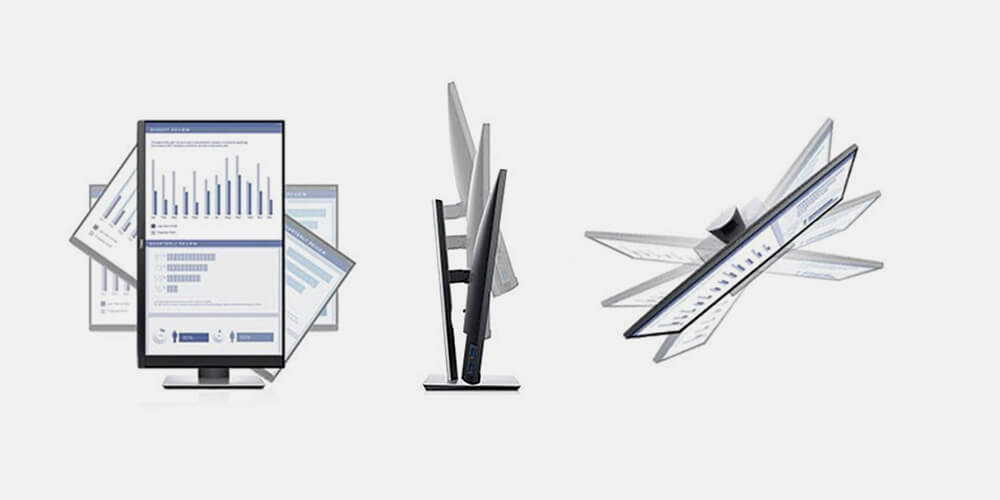
Designers tend to spend many hours sitting down so I can’t stress enough how important it is that your monitor has adjustment options for proper ergonomics.
Buying a screen that you can place at eye level will avoid back and joint problems, which are quite common among designers. Fortunately, nowadays, most professional monitors have adjustable supports in height, tilt and even rotation, in case you want to work with the screen vertically.
VESA
Some monitors are compatible with the standard VESA mounting system (usually indicated on the product card). This mounting system allows you to place the monitor on an external or articulating monitor arm or stand, allowing you to adapt its position to the space you have available, for greater comfort.
9. I/O connections you need
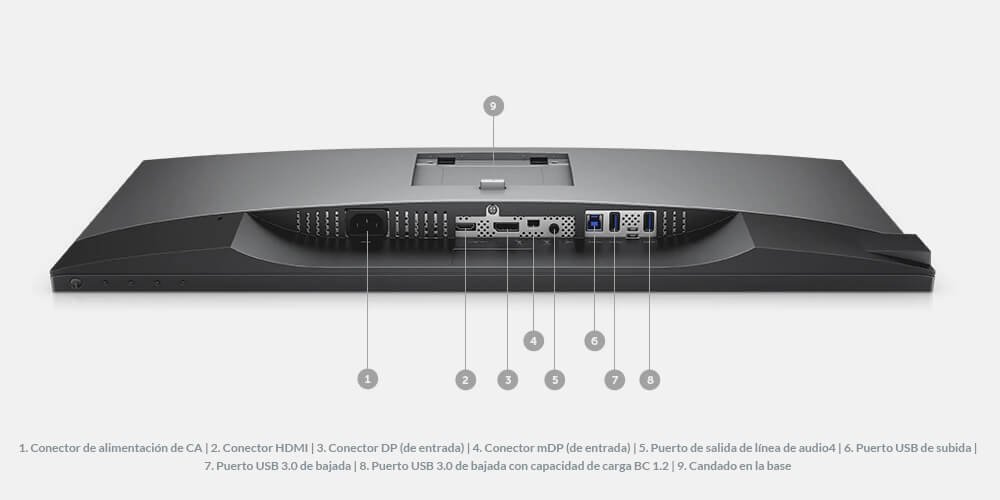
The “Input and Output” or “I/O” connections are those connectivity options that the monitor offers. As designers, we will typically need at least one HDMI, DisplayPort or USB-C port to connect the display to the computer.
HDMI is gradually being replaced by DisplayPort ports and especially USB-C, as the latter supports various uses and different types of connection standards. If your computer only has a USB-C port, but your monitor does not have a USB-C port, you will need a good adapter that will not cause problems in signal quality.
Some monitors also have ports on the side for connecting USB sticks or charging your phone. There are also professional monitors with memory card readers, especially useful for photographers and videographers.
10. Price adjusted to its characteristics
Monitors for Graphic Design have different features and prices than most monitors that are usually found in stores, more focused on the average user or gamers, whose needs are different from those of a designer.
If you work only for digital media, you can find budget monitors with 27″ and 4K resolution, covering the sRGB space, at quite affordable prices. But if what you need is a monitor that covers the Adobe RGB, DCI-P3 or Rec. 709 space, you can expect a much higher price.
Conclusions on the best monitors for Graphic Design
Using a good monitor is an investment in the quality of your work. It is essential that you can be confident that what you are seeing on screen is as close as possible to the final result. Otherwise, you will always work with the doubt of what your project will look like once you export or print your work.
But you don’t need to spend unnecessarily on monitors with features, colour accuracy levels or display resolutions that you may not need.
In the end, the best monitor for Graphic Design will always be the one that best suits your specific needs and possibilities.
All monitors in this guide are premium quality, LED displays with IPS panel and 4K UHD (3840 x 2160 px) or higher resolution, with colour coverage greater than 99% sRGB and 99% Adobe RGB, for the most part. In addition, they feature professional connectivity options and different ergonomic adjustments (elevation, tilt or rotation), for your convenience.
There are professionals for whom having close to 100% coverage of the Adobe RGB space is essential to control the outcome of their print jobs. For them, monitors like the DELL UltraSharp U3219Q are exactly what they need, but there may be designers for whom 99 or 100% coverage of the sRGB colour space as in the case of the LG 27UL850-W is sufficient, since they only design for digital media.
Now that you have finished this guide, you know what options are on the market, which ones can best meet your needs and why.







